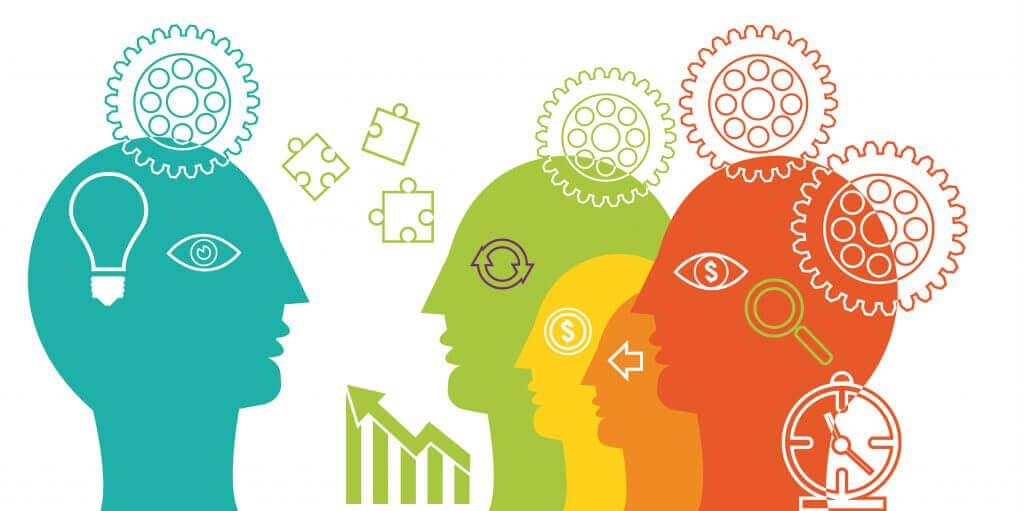
Personalised marketing means more than just addressing the customer by name.
For brands in the travel and hospitality industry, effective personalisation can range from interactive content to targeted banners and customised travel itineraries.
With 86% of travellers now reported to value personalised offers, it’s becoming more of an expectation than an extra for the majority of consumers. Of course, capturing customer data is not always an easy task, and in order to provide a fair trade-off the end result must outweigh any potential privacy concerns. So, are brands stepping up to the plate? Here are a few examples of brands effectively implementing personalisation in a variety of different ways.
#1: KLM
KLM is a travel brand that demonstrates personalisation across much of its digital marketing activity. For example, it uses personalised emails to retarget customers that abandon carts online, allowing them to carry on the user journey from where they left off.
One of its most innovative displays of personalisation has been iFly 50 – an interactive anniversary edition of its brand magazine. While iFly usually offers inspirational stories, reviews, and general travel tips, the 50 edition allowed readers the chance to pick their five favourite destinations for the chance to win the trip of a lifetime.
Combining stunning imagery with an interactive user experience, it’s a slick example of how to personalise content marketing. By giving the reader a reason to interact with the brand (instead of passively scrolling) – it meant people would be more likely to invest and engage.
By asking users to enter their email address and to opt into the iFly newsletter, it also meant KLM could follow-up with targeted marketing messages related to the destinations chosen.
#2: Delta Flights
Personalisation does not only extend to digital marketing. Many airlines are now taking steps to personalise the in-flight experience, with brands like Delta using this strategy to reward and engage its most loyal customers.




